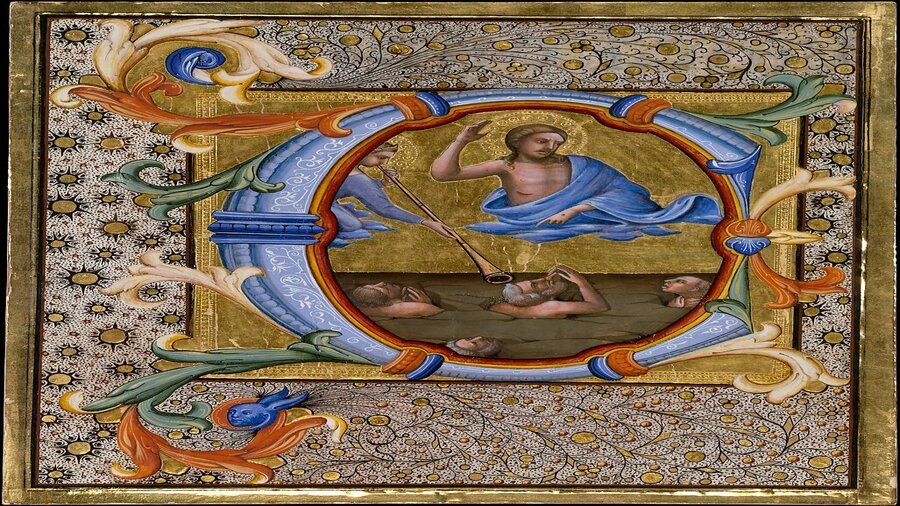It appears you’re not kidding about “The Lost Masterpieces and Old Compositions in Social and Social Revelations,” a point that includes the entrancing domain of verifiable curiosities, workmanship, and compositions that were lost, stowed away, or neglected over the long run. This subject is many times investigated in the areas of archaic exploration, history, workmanship history, and social examinations. We should separate it into various components for a more clear comprehension:
1. Lost Works of Art
- Verifiable Context: Since forever ago, numerous critical masterpieces have been lost because of war, cataclysmic events, burglary, or the straightforward entry of time. These works could incorporate figures, canvases, design, or different types of creative articulation.
- Popular Examples:
- The Lost City of Atlantis: While not really a “masterpiece,” Atlantis has been magically portrayed in old craftsmanships and is a famous illustration of lost civic establishments.
- The Elgin Marbles: These models, initially part of the Parthenon in Athens, have been to some degree lost or dispersed. The ones right now in the English Gallery were eliminated from Greece in the nineteenth hundred years, and there is continuous discussion about their return.
- Leonardo da Vinci’s lost paintings: A portion of Leonardo’s works are remembered to have been lost over the long haul, however records and duplicates of his works keep on energizing hypothesis about likely unseen pieces.
- The Nurseries of Babylon: While the presence of these nurseries is discussed, they are in many cases refered to as one of the Seven Marvels of the Old World and are accepted to be lost.
- Factors Prompting Loss:
- Wars and attacks, similar to the obliteration of sanctuaries in antiquated Rome or during the Nazi system.
- Catastrophic events, for example, tremors or flames, which have obliterated huge social tourist spots.
- Robbery, frequently happening during pilgrim times or directly following magnificent extension.
2. Ancient Manuscripts
- Verifiable Significance: Old compositions are important wellsprings of data that shed light on the dialects, societies, religions, and scholarly accomplishments of past developments. The deficiency of such reports frequently addresses a colossal hole in how we might interpret history.
- Renowned Examples:
- The Library of Alexandria: One of the most renowned misfortunes of old information. The obliteration of this library (reasonable through a blend of flames, intrusions, and disregard) prompted the deficiency of innumerable compositions from olden times.
- The Dead Ocean Scrolls: Found during the twentieth 100 years, these antiquated Hebrew compositions, tracked down in caves close to the Dead Ocean, were lost to history for just about 2,000 years.
- The Epic of Gilgamesh: However portions of this old Sumerian incredible made due, a lot was lost or harmed after some time. Parts have been recuperated from mud tablets, and it stays one of the main bits of old writing.
- Mayan Codices: The Maya made definite compositions utilizing an exceptional content, yet a significant number of these codices were obliterated by Spanish colonizers. A couple of codices have made due.
- Remarkable Discoveries:
- The Bother Hammadi Library: In 1945, an assortment of early Christian and Gnostic texts was found in Egypt, some of which had been lost to time.
- The Voynich Manuscript: A puzzling, undeciphered original copy that has captivated researchers and cryptographers for a really long time.
- The Codex Sinaiticus: An original copy of the Christian Book of scriptures in Greek, it is one of the main early duplicates of Christian texts.
3. Cultural and Social Effect of These Discoveries
- Remaking of History: The rediscovery of lost works and original copies can decisively change how we might interpret history. For instance, the recuperation of the Dead Ocean Parchments gave urgent bits of knowledge into early Jewish idea and the improvement of Christianity.
- Social Identity: For some societies, the rediscovery of lost works or compositions fills in as a recovering of personality and legacy. For instance, the rediscovery of crafted by pre-Columbian civic establishments has recovered native social practices and information.
- Craftsmanship and Stylish Value: The recuperation of lost workmanship frequently significantly affects social appreciation. Specialists, students of history, and the public track down importance in associating with the past through these recuperated works.
4. Modern-Day Endeavors in Preservation
- Innovation in Discovery: Advances in paleontology, computerized innovation, and substance examination (e.g., multispectral imaging) are making it conceivable to rediscover lost masterpieces and antiquated compositions that were beforehand distant or garbled.
- Difficulties of Preservation: Numerous relics and compositions that endure hundreds of years of disregard are in danger because of the delicacy of their material structures. Organizations like historical centers, colleges, and libraries are attempting to carefully protect and concentrate on them to guarantee their endurance for people in the future.
- The Job of Libraries and Museums: Numerous compositions and works of art that were lost to time are in many cases rediscovered in documents or confidential assortments, and establishments like the English Exhibition hall, the Louver, the Vatican Library, and the Gallery of the Holy book effectively participate in safeguarding and imparting these curios to general society.
5. Ongoing Secrets and Lost Artifacts
- A few original copies and show-stoppers stay subtle. Stories like that of the lost masterpieces from the old world, including works ascribed to old Greek and Roman craftsmen, keep on spellbinding researchers and devotees.
- Theory continues with respect to stowed-away compositions or fortunes that might in any case be uncovered. Numerous legends and fantasies encompassing lost antiquities fuel progressing investigations and archeological examinations.
Conclusion
The investigation of lost show-stoppers and old compositions offers a charming perspective into humankind’s common social history. Through current exploration and the indefatigable endeavours of archaeologists, students of history, and caretakers, a large number of these buried fortunes keep on surfacing, revealing insight into the lavishness of past developments. Their recuperation helps span the holes in how we might interpret the social, social, and scholarly scene of old social orders, and they keep on significantly affecting contemporary culture and grant.
